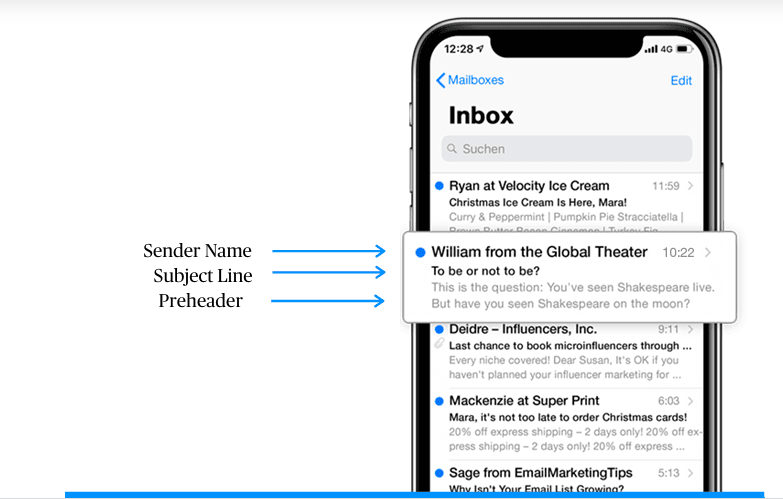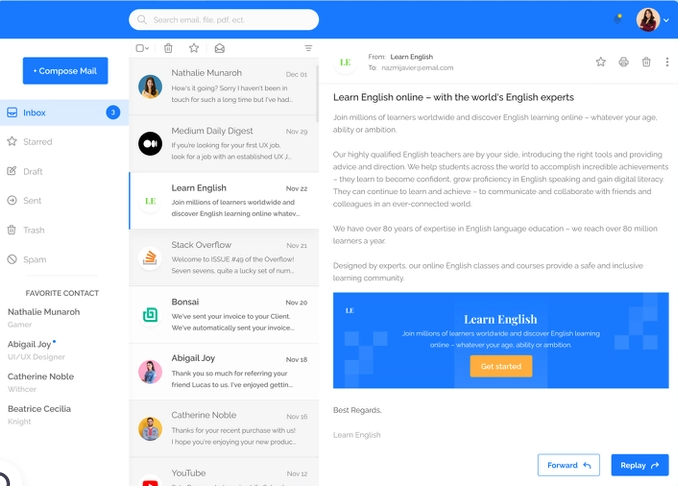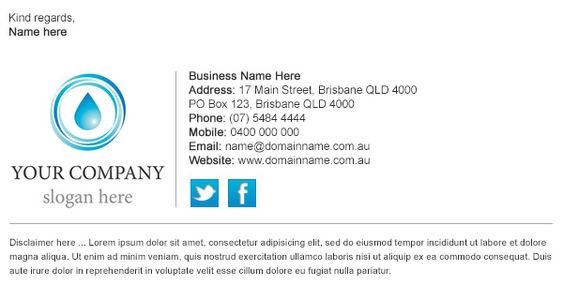
A sales email lets you send information intended to generate leads in order to pitch a product or service. It is an effort to make a sale or persuade someone to make a purchase. A well-written sales email can open new doors, such as booking a meeting, closing a deal, and eventually lead to the beginning of a new relationship with your prospects.
Let’s look at seven simple tips on how to produce a great sales email that will help your outreach campaign succeed.
1. Determine the sales email’s objective
Before hopping on to type your email, decide what your sales email is trying to achieve and have a clear purpose for sending it in terms of a measurable objective. This will enable you to carefully craft a personalised email for each lead that piques their interest and compels them to respond to your call to action (CTA).
Brainstorm the following classified questions prior to writing an email:
- Prospect: Who am I attempting to contact? What kind of prospect are they, and how have they interacted with my company so far?
- CTA: What action am I trying to elicit from the lead?
- Product or Service: What am I attempting to sell to the lead, and why do I think it’s a good fit for them (in general)?
- Goal: What would be the best result of this email for me?
The answers to the above straightforward questions will help you while composing the email because various aims call for different emails.
2. Craft an engaging email subject line

The subject line of your sales email is crucial in determining whether or not the receiver will open it. Therefore, it is essential to write a compelling subject line as it communicates the context of the email. Its goal is to let readers know what to anticipate from the email. Your subject line should not be forceful or pushing. Instead, it should spark the lead’s curiosity, should mention something personal, familiar, or relevant to the email’s recipient and finally it should use standout words that you may not ordinarily see in an email message.
3. Commence with a powerful opening line
Your opening line is the first paragraph of your sales email, which should standout to keep the momentum going. The opening line should be personalized according to the email’s recipient. If you find something worth quoting, cite it in the first few sentences to show the contact that you put forth the effort. Your opening line should: cite a mutual connection, highlight and compliment a recent achievement / event of the recipient / organization, touch upon a mutual interest between you and the recipient.
Start with the first line and then introduce yourself. Briefly describe what you do, what you achieve that is valuable, and how you go about it.
4. Personalize and polish the message in the email body
Your sales email’s body should add value by connecting your organisation to your lead. Your email body should be up to the point in its ideal length. You can provide extra context about the accomplishments of your organisation to other businesses who use your goods or services in the same sector. It is also important to emphasize the precise advantages that your prospect will receive by adopting your products and services.
5. Wrap up with a strong Call to Action (CTA)

A compelling CTA, that makes it as simple and straightforward as possible for the prospect to take the desired action, should be included at the end of your sales email. The CTA is where you ask the receiver to help you achieve one or more of your goals. The desired goal and sales process influence the CTA in a sales email. Assuming you wanted the recipient of the sales email to schedule a demo to see how your product works, you could say:
“I’d be delighted to give you a 15-minute demonstration to see if this solution is a good fit for your needs. When would be the greatest time for us to talk in the next week or so?”
This CTA makes it clear that the next step is a product demonstration, and that the receiver may get to that step by simply replying to the email message.
This method makes it easier for the prospect to respond with a YES or NO.
6. Include a Professional Signature

The value of an email signature is sometimes underappreciated. A strong first impression is created with a strong email signature. It’s a fantastic chance to establish your authority and convince the potential client to respond to you. Make sure your signature includes your name, designation, contact information, company name with appropriate website links, a logo and links to your professional profiles to show you’re legitimate.
A descriptive email signature increases the likelihood of receiving a response from the recipients. This is especially true if you’re sending emails to prospects who have only recently started communicating with your brand – the reader will be able to assess you and your company before responding. If you don’t give these details, the recipient is likely to disregard you rather than search for you on their own, so be considerate of their time and make your engagement as simple as possible.
7. Analyze, improve and follow-up your sales email
The most persuasive and successful sales emails must be developed via trial and error, just like many other aspects of sales management. Track the success of your email communications to see what’s working and what needs to be improved. If you use email marketing campaigns tools that track open and click-through rates, that will tell you a tale in and of itself.
It’s also important to keep note of each individual email so you don’t forget to follow up if the lead doesn’t respond within a few days.
Recognizing how to write a sales email that persuades is as simple as knowing your purpose and doing research on your recipients. The process of analyzing and reworking messaging to create effective sales emails is never-ending. Using the seven steps discussed above, you can speed up the process of generating effective sales emails while maintaining high quality, allowing you to engage more prospects and close more deals.
Share this blog :











Thank you for this information, Amazing share!
Thank you for debunking common myths and misconceptions in your post. It’s enlightening and informative.